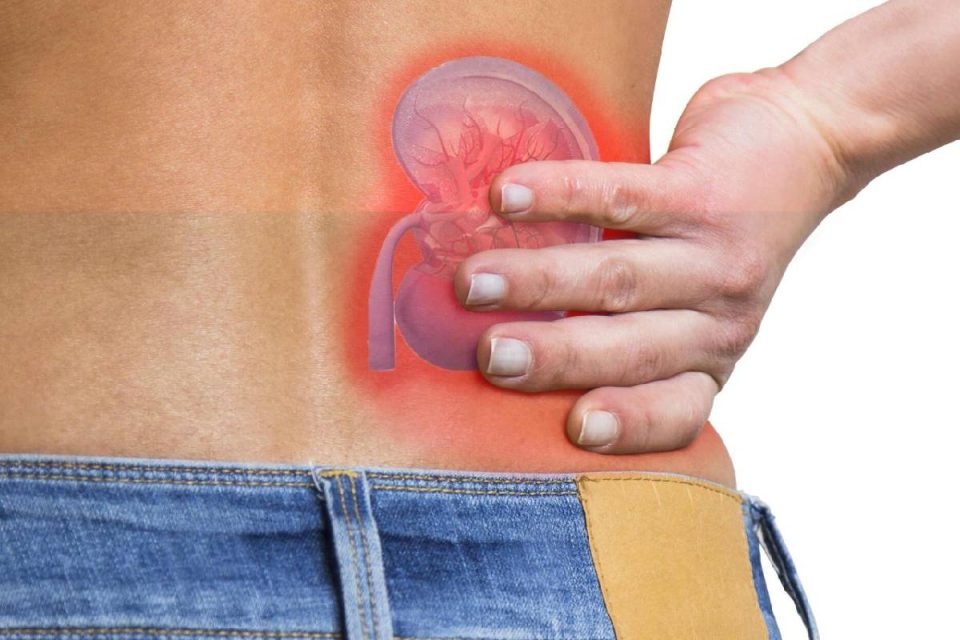Kidney stones are collections of salts and minerals in the urine when waste from the body is sent out through the kidneys. On occasion, a kidney stone stuck in a ureter can result in life-threatening complications, such as kidney infection and severe kidney damage. Statistically, the risk of forming stones in the kidney is more in men compared to women. Although, over the past decades, the number is highly rising in women, and children are also suffering from this adult disease.
Therefore, it is essential to take care of your Kidneys.
Table of Contents
What are the usual causes and symptoms of Kidney Stone?
Some causes of kidney stones include dehydration, excessive calcium intake, or urine that is overly acidic. For example, diets high in animal protein can increase the amount of acid in the kidneys and cause some people to develop uric acid stones. Less ordinarily, heredity plays a role in the development of these stones.
Commonly, stones are made of calcium and oxalate, a naturally found substance in various foods, from spinach and peanuts to chocolates.
The initial symptom of a kidney stone stuck in the ureter is the infamous unbearable pain. However, kidney stones are not always severely painful. Smaller mineral deposits often form without inducing symptoms. But larger stones are less inclined to pass without treatment. A large enough to block the urinary tract can cause distinct pain, also known as renal colic. Eventually, causing pain in the back, abdomen, and groin, pain, or a burning sensation when urinating. Additional symptoms can involve blood in the urine, nausea, and vomiting.
People generally knowing the symptoms of Kidney stones can decide whether they can manage it at home or if they need to see a Urologist.
When are the medical procedures recommended for the treatment of Kidney Stone?
Often, for asymptomatic stones found unexpectedly, no treatment is necessary. Stones less than 4 mm in size can pass on their own and surgically removing the stone is not recommended.
Smaller stones that cause symptoms like pain may still pass on their own. To help that along, the doctor may encourage adequate hydration until your urine is clear. Besides, medications like acetaminophen and ibuprofen can help manage pain. A beta-blocker is given to relax the muscles in the ureter or bladder neck in an unusual situation.
For larger and further painful stones that won’t pass– medical procedures, or surgery, may be needed.
The four main types of procedures to treat kidney stones are:
- Shockwave Lithotripsy
- Percutaneous Nephrolithotomy
- Ureteroscopy
- Open Surgery (or Robotic-assisted)
Shockwave Lithotripsy
The only non-invasive treatment of the four, shockwave lithotripsy, is not surgery. Instead, it is an external procedure used to break up kidney stones from outside the patient’s body.
An ultrasound or an x-ray locates the stone. High-energy shock waves or soundwaves are generated through a medium like water where the patient is submerged in a water bath- targeting the stones. These stones are then fragmented into minute pieces for the patient to pass.
Although it is not surgery, there are other risks that include bleeding and chances of a piece of stone getting lodged in the urinary tract, blocking the urinary flow.
The procedure is lesser successful for obese patients because the shockwaves travel through more tissues to reach the kidney stone, making it less effective at fragmenting stone.
Ureteroscopy
Ureteroscopy involves a small, flexible scope passed through the ureter to reach and evaluate the kidney stone in the ureter or kidney. This typically is an outpatient procedure as well.
The stone is extracted with a tiny wire basket or fragmented using a laser, and the pieces removed. The remote wire that passes through the scope might additionally be used to remove stone fragments or the entire stone.
Percutaneous Nephrolithotomy
Percutaneous nephrolithotomy is a minimally invasive procedure involving the insertion of scope to remove the stone or stones. This procedure is recommended for larger or more complex stones to reach as it is effective for eliminating vast majorities of large stones.
This procedure generally requires at least an overnight hospital stay. The risks in this procedure include infection, bleeding, and injury to other organs.
Open Surgery
In today’s time, traditional open surgery is rarely used to remove kidney stones. However, there are limited circumstances when other procedures aren’t effective – like when the stone is tough to reach.
Generally, laparoscopic robotic or robot-assisted surgery is preferred over open surgery because these procedures are less invasive and require smaller incisions. A patient’s recovery is quicker in these robotic surgeries compared with traditional open surgery.
Risks for open surgery, in general, range from severe bleeding, infection, and pain at the incision site.
When to consult a Urologist?
If you are undergoing severe pain, it is crucial to seek medical attention immediately. Home remedies work only for smaller stones; without knowing the type or location of the kidney stone, do not take measures yourself. Notably, whatever kidney stone procedure you’re considering, it’s important to discuss risks and benefits in advance. Book an appointment with your nearest Urologist today.

